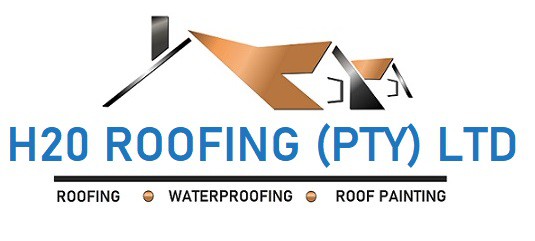- BY erpenstine
- POSTED IN Airless Roof Spray Painting, Latest Blogs
- WITH 0 COMMENTS
- PERMALINK
- STANDARD POST TYPE

In airless roof spray painting, the fast-moving high-pressure liquid stream provides the energy necessary to overcome the fluid’s viscosity (resistance to flow) and surface tension (a force that bonds the surface of a liquid together) to form a fine spray.
In the depiction of spray from a gun, high-pressure forces fluid through a small nozzle (spray tip). The fluid emerges as a solid stream (sheet) at a high speed. When the solid stream hits the air, it becomes disrupted. This disruption initially breaks the fluid into fragments, and then ultimately tiny droplets form the spray pattern.
Airless roof spray painting provides an easy and economical way to apply coatings.
Professional contractors prefer to use airless sprayers for several reasons, the most popular being:
- Speed—Airless spraying is faster, thus, more jobs can be completed in less time, using less labour. Airless spraying is up to 10 times faster than brushing or rolling.
- Quality—Airless sprayers produce an even coat of paint on all types of surfaces, leaving a consistent and high-quality finish.
- Versatility—Airless sprayers can be used for a wide range of coating materials, including interior and exterior jobs, and can easily be transported from job site to job site.
Airless roof spray painting for Uniform Coverage
It is important to consider how much faster airless roof spray painting is compared to other methods. Equally important to your customer is how spraying gives a consistent quality finish, even over rough surfaces.
Airless spraying allows you to:
- Finish jobs quicker – Finish within short weather windows – Stay on a job site from start to finish – saving set-up labour.
- Provide a consistent mil build so coatings perform better
- Apply a smooth-quality finish
